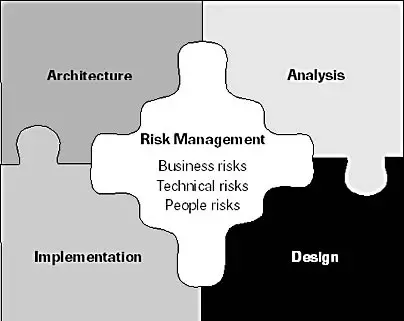
Figure 15-1 Risk management is central to successful system development
Traditionally, project managers have three major objectives: deliver on time, stick to budget, and create a system that fits its intended purpose. To manage the risks inherent in Visual Basic 6 distributed development, project managers must be aware of business needs, be technically competent and customer focused, and be great team leaders. This kind of development-with its integration of differing, fast-changing components and technologies-has such a high level of risk that some might say only the foolhardy would attempt it! Given such extreme risks, a risk-management strategy is fundamental to successful delivery.
A key factor in heading off problems is moving the technical risks to the beginning of a large project and handling them there. Often, major risks are not addressed until the system test or live running-settings in which the costs of rework or failure are substantially higher. Dealing with the risks early provides a forum for discussing how the project will work and allows broader issues to be addressed. Think of this early technical review as a form of insurance.
Some crucial issues need to be addressed in managing risk: the technical infrastructure, the business environment, and change management.